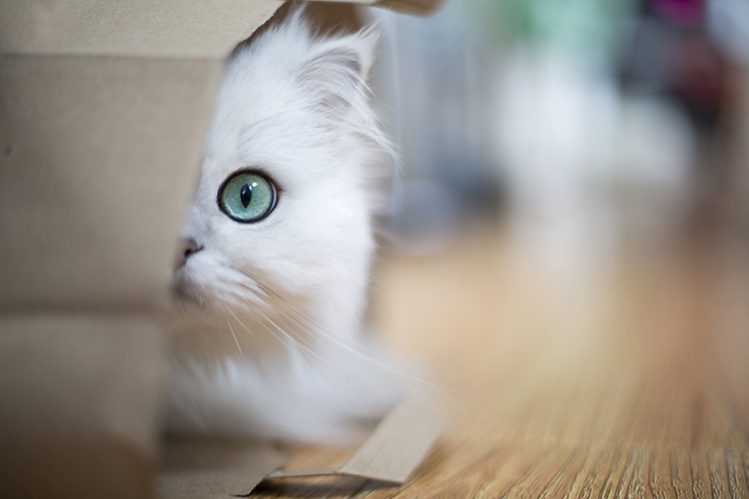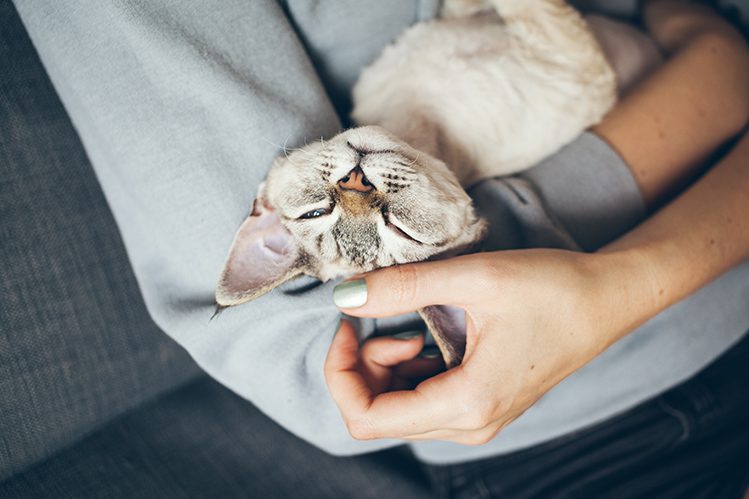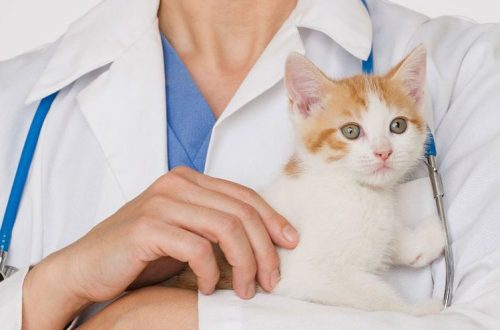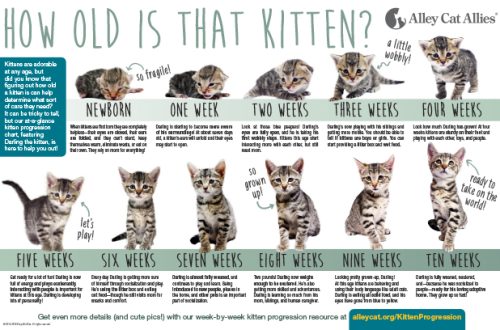
When do kittens change coat and eye color?
A kitten in the first year of life not only adapts to the environment, grows, learns, plays, but also changes the color of the eyes and coat. Just as milk teeth fall out and give way to permanent ones, the original color and color of the eyes change over time to adult. We will tell you at what age it is possible to determine the color of kittens and the color of their eyes, when the owners of the kitten should expect the beginning of such changes in the appearance of the pet.
For a newborn kitten, vision does not play a significant role. The crumbs open their eyes at the age of one week to 16 days. Only in the third week of life do they begin to see. Until the age of four weeks, the kitten’s eyes are covered with a protective film, which disappears on its own when the time comes. Small kittens usually have blue or gray-blue eyes. This is due to the fact that almost all the pigments went into the formation of the coat color, they have not really reached the eyes yet. At one month, when kittens change eye color, it becomes noticeable that blotches of a different color have appeared in the sky-blue iris.
The less pigment, the lighter and colder the shade of the eyes. At the time of birth, there is still very little pigment in the iris. For this reason, all babies have eyes of a cold blue or blue hue.
The process of changing eye color in kittens is called reblooming. If you want to have a pet with a certain eye color, choose a baby around four months old. By this time, the kitten’s eye color has changed so much that one can conclude what it will be like throughout its life. With a probability of 50%, you can guess what your pet’s eyes will be by looking at the color of his parents’ eyes. Some changes in the shade of the eyes are possible before the age of two. The green color of the eyes is formed longer than the rest.

You should not think that the color of the kitten’s eyes is related to the color. They are directly related only in purebred cats – breeders have fixed a certain trait through selection. The main eye colors in cats are green, golden, copper, blue, blue. There are some restrictions on eye color associated with belonging to a particular breed. Representatives of the Russian Blue breed have green eyes, of different saturation in color. An adult Siamese cat has blue or blue eyes – here the color of the eyes undergoes minimal changes from an early age. Ojos Azules cats have blue eyes. Ojos Azules is Spanish for blue eyes. These are just some examples.
Among cats there are albinos. They have a white coat, but their eyes can be of different colors, such as blue or green.
Another feature of eye color is heterochromia, that is, one eye differs in color from the other due to uneven distribution of pigment. Heterochromia in cats is uncommon and does not affect vitality or vision.
Kittens are born with fur. The coat of babies is actively developing and noticeably changes in texture and color in the first year of life. Kittens change their children’s downy coat to outer coat, already at the age of one week the fur begins to fluff, you can see the first undercoat. At five weeks, the pattern of the kitten’s coat becomes brighter and more contrasting, the undercoat becomes denser. White little kittens often have a colored spot on their head, which later disappears. Felinologists advise as early as two and a half months to start accustoming a kitten to combing. The pet still has little wool to be combed out. But this is the right moment to make the procedure something familiar to the kitten, a ritual of communication, and not a harsh necessity.
At the age of three months, kittens already have a pattern of wool. But it will be possible to determine the color of the kittens a little later – in six to seven months, the felinologist will be able to tell you what the color of the pet will be during life. The head and ears are the main indicator; on the body, the color will vary a little longer.
When a growing kitten is five months old, the color begins to change. At five to eight months, your furry friend will survive the first molt. Talk to your veterinarian about which vitamins are best to give your pet during this difficult period for him. Be sure to comb your pet so that he does not eat his own wool. By 10 months, the color is fully formed. A little later, around the time of your first birthday, your pet will stop growing. However, up to two and a half years, the cat is still very young, it continues to grow stronger and accumulate strength for a long happy life.

When kittens change eye color, we are talking about the natural development of the pet. But a change in eye color in an adult cat indicates a possible injury, illness. Eye color may change when exposed to medications. The eyes and fur of your pet will tell a lot about his well-being, give an alarm about the need to visit a veterinarian.
The color of adult cats may change in a not very aesthetic direction due to long exposure to the sun. A black cat from an abundance of sunbathing can partially turn red – the fur will burn out. Diet can influence color. Sometimes a change of food turns into an unpleasant surprise – dyes from food migrate to the cat’s fur. Some vegetables can also affect the color. If the color change is accompanied by lethargy, loss of appetite, or other worrisome signs, your cat should be seen by a specialist. In this way, nature helps us to better understand our pets and be sensitive to their health.





